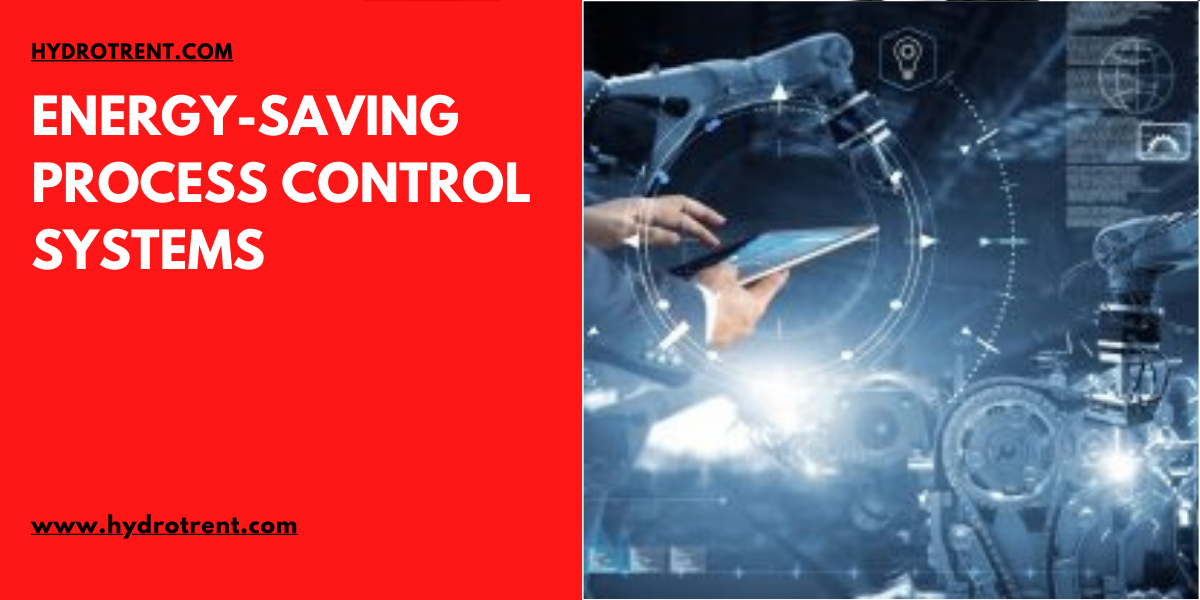How do process control systems function?
Process control systems monitor industrial processes to ensure that they do not deviate from predetermined boundaries. If they discover undesirable deviations or anomalies, they begin remedial action.
The fundamentals of closed-loop control
The fundamental closed-loop control is the most important component of a process control system. Many hundreds of separate control loops are typically included in systems, each of which regulates one element of a specific operation, such as the temperature of an oven. The control loop’s duty is to ensure that a certain variable or parameter stays at its pre-set value, or set-point,’ and does not deviate from it by more than a reasonable amount.
The control loop must also respond rapidly to changes in set-point to ensure that production is not disrupted.
A control loop is made up of three major components to do this: the measuring device, the controller, and the regulator.
Instrument of measurement
A control loop checks a manufacturing process on a frequent basis to ensure that it is functioning as it should in order to prevent any undesired variation. This is often accomplished via a sensor that monitors a certain characteristic, such as temperature. A transmitter transforms the output of a sensor into a signal that is delivered to a controller. The signal can be delivered alone or in conjunction with other signals via a specific network known as a ‘fieldbus.’
The controller
The sensor’s measurement is compared to the pre-set value by the controller. It takes appropriate measures if there is an unacceptable discrepancy. For example, if the temperature of an oven falls below a certain threshold, the regulator directs the burners to deliver additional fuel to the burners in order to bring it back up to the appropriate set-point.
A well-designed and well-tuned single-loop controller can perform the majority of the control duties required by an industrial process. These typically monitor a single measurement and modify a single regulator, but they can also be connected to another controller and adjusted to adjust another related set-point. This is referred to as a ‘cascade system.’
The regulator
The process’s throughput is controlled by the regulator. It responds to controller commands and makes changes as needed. The most common form of regulator is a control valve, which adjusts the flow of a fluid in response to signals from the controller. A variable speed pump is an alternate form of regulator that controls the flow of a fluid more precisely and efficiently. Variable speed drives can also be utilised in situations where the controller controls the movement of solid materials rather than fluids or gases.
For more information about Process Control System Malaysia, please visit www.hydrotrent.com









